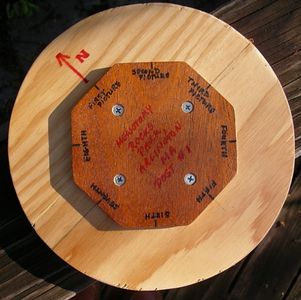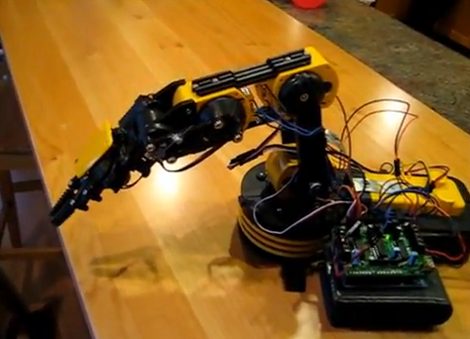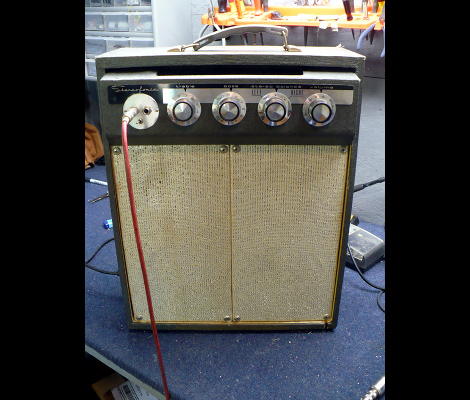

It’s not that we haven’t seen inexpensive Sous Vide builds. It’s just that we enjoy the fact that [Kelvin’s] Sous Vide machine gives new life to unused things. The cooking vessel is a crock pot which he acquired for just $3. He housed it in a large Styrofoam box which he got for free through his local freecycle program. The circulation pump is a $0.99 fish tank part that pushes about ten gallons per hour.
He even hunted around to find the best prices on the control circuitry. The PID controller is obviously the most important part, as it will regulate the cooking temperature. He found a greatly discounted module that set him back just over $30. It even has a self-learning feature that sounds like it’s handy (not sure if all of these have that though).
Check out the video after the break. We like the use of his old RAM heat sinks to help dissipate heat from the solid state relay that drives the heating element. Since that SSR is inside of the foam box we could see heat becoming an issue. This way it’s dissipated, but not wasted.
Continue reading “Kitchen Hacks: Sous Vide Builds Don’t Need To Cost An Arm And A Leg”
















